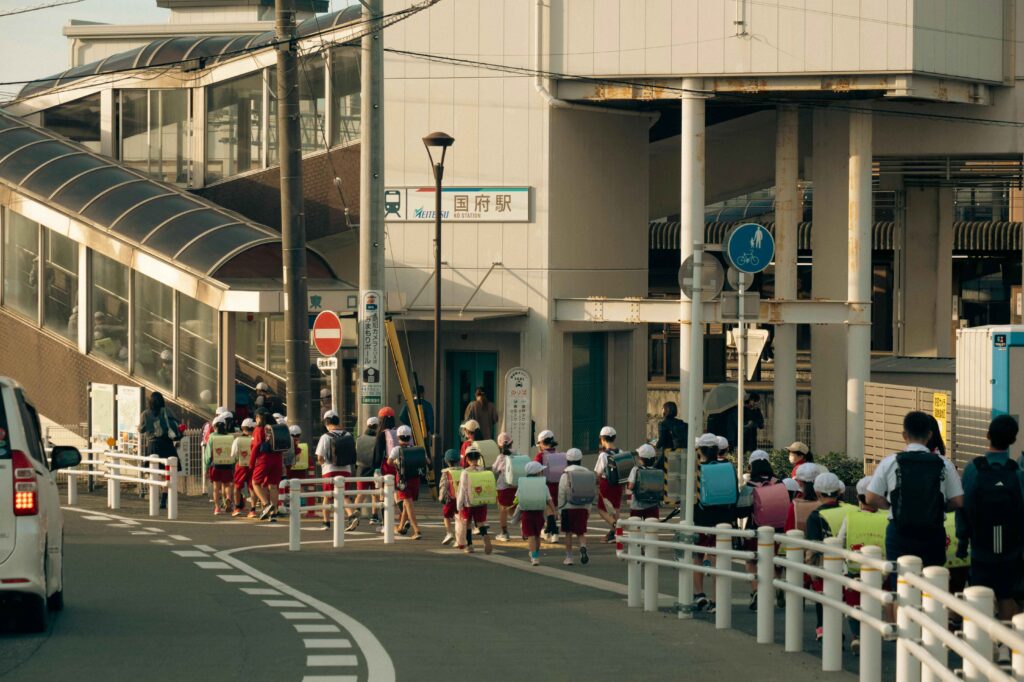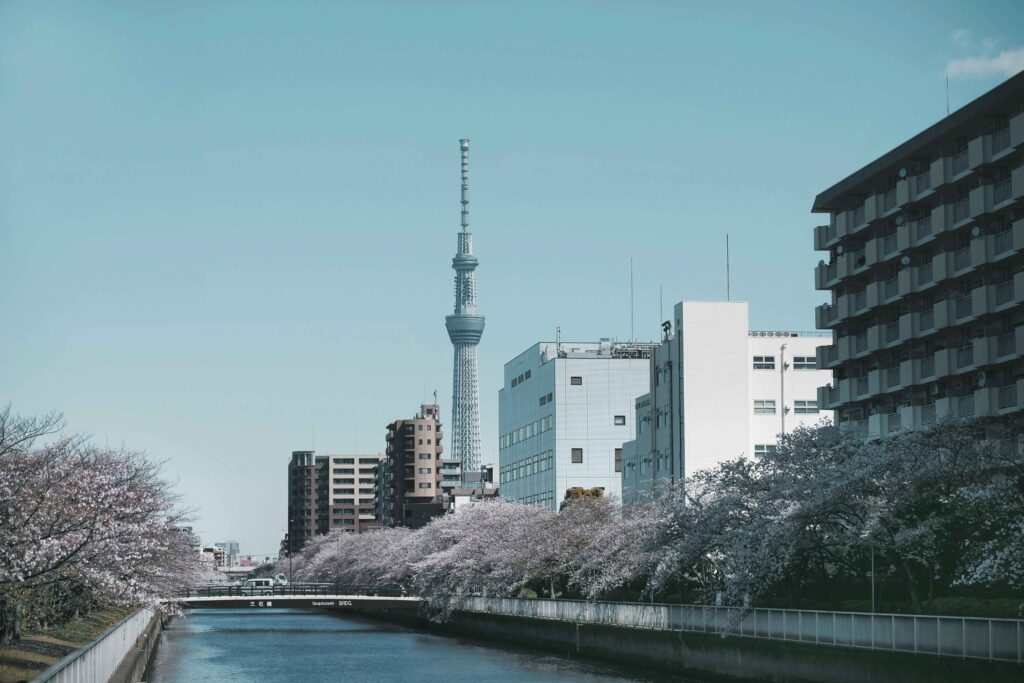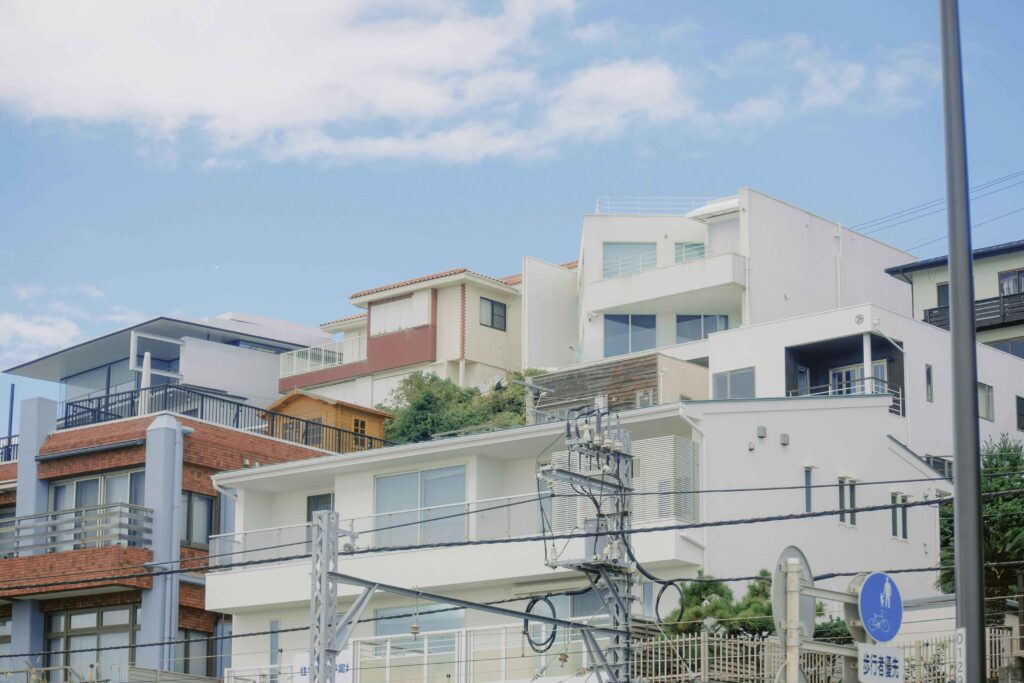Investing in real estate, particularly in condominiums, has become increasingly popular in Japan. One of the key metrics that investors look at when considering a condominium purchase is the yield. Yield, in the context of real estate, refers to the annual return on investment, expressed as a percentage of the property’s purchase price. The purchase price of property in Japan plays a crucial role in determining this yield. This article delves into the nuances of condominium yield in Japan, helping potential investors make informed decisions.
What is Condominium Yield and How Does the Purchase Price of Property in Japan Affect It?
Condominium yield is a crucial indicator of the profitability of a real estate investment. It is calculated by dividing the annual rental income by the purchase price of property in Japan. For example, if a condominium is purchased for ¥30 million and generates an annual rental income of ¥1.5 million, the yield would be 5%.
Factors Affecting Condominium Yield in Japan
Several factors influence the yield of a condominium in Japan:
- Location: Properties in prime locations such as Tokyo, Osaka, and Yokohama tend to have lower yields due to higher purchase prices. However, these areas also offer higher rental demand and stability.
- Property Age and Condition: Newer properties or those in excellent condition can command higher rents, thus improving yield. Conversely, older properties may require significant maintenance, impacting overall returns.
- Market Trends: Economic conditions, population trends, and government policies can all affect rental demand and property prices, thereby influencing yields.


Types of Yields Based on the Purchase Price of Property in Japan
Investors should be aware of different types of yields:
- Gross Yield: This is the simplest form of yield calculation, which does not account for expenses. It is calculated by dividing the annual rental income by the purchase price of property in Japan.
- Net Yield: This yield takes into account all expenses related to the property, including maintenance, management fees, taxes, and insurance. Net yield provides a more accurate picture of the actual return on investment.
Benefits of Investing in Condominiums in Japan
Investing in condominiums in Japan offers several advantages:
- Steady Income: Condominiums can provide a steady stream of rental income, especially in high-demand areas.
- Capital Appreciation: Over time, the value of the property may increase, offering potential capital gains.
- Diversification: Real estate can diversify an investment portfolio, reducing overall risk.
Risks of Real Estate Investment in Japan
While investing in condominiums can be lucrative, it is not without risks:
- Market Fluctuations: Property values and rental demand can fluctuate based on economic conditions.
- Maintenance Costs: Unexpected repairs and maintenance can eat into profits.
- Vacancy Rates: Periods without tenants can reduce overall yield.
Check out our other latest posts about purchase property in Japan
- Japanese Real Estate for Foreign Investors
- Japan Real Estate Market in 2025: Trends and Insights
- Condominium Yield: Effect of Purchase Price of property in Japan
- A Comprehensive Guide to Buying Property in Japan
- Purchase and Disposal of Furniture and Appliances in Japan
Detailed Analysis of Factors Affecting Yield in Japan
Location and the Purchase Price of Property in Japan
Location is perhaps the most significant factor affecting condominium yield. In Japan, major cities like Tokyo, Osaka, and Yokohama are known for their high property prices. These cities are economic hubs with robust infrastructure, making them attractive to both residents and investors. However, the high purchase price of property in Japan in these areas often results in lower yields. On the other hand, properties in suburban or less central areas may offer higher yields due to lower purchase prices, but they come with higher risks related to rental demand and property value appreciation.
Property Age, Condition, and the Purchase Price of Property in Japan
The age and condition of a property significantly impact its yield. Newer properties or those that have been well-maintained can command higher rents, thus improving yield. These properties are often more attractive to tenants due to modern amenities and lower maintenance issues. Conversely, older properties may require significant maintenance and repairs, which can reduce overall returns. Investors should carefully assess the condition of a property and factor in potential maintenance costs when calculating yield.
Market Trends and the Purchase Price of Property in Japan
Market trends, including economic conditions, population trends, and government policies, play a crucial role in determining condominium yield. For instance, Japan’s aging population and declining birth rate have led to changes in housing demand. Additionally, economic factors such as interest rates and inflation can impact property prices and rental demand. Government policies, including tax incentives and regulations, can also influence the real estate market. Staying informed about these trends is essential for making sound investment decisions.


Calculating Yield: A Step-by-Step Guide for Properties in Japan
Understanding how to calculate yield is essential for any real estate investor. Here’s a step-by-step guide to calculating both gross and net yield:
Gross Yield Calculation Based on the Purchase Price of Property in Japan
- Determine Annual Rental Income: Calculate the total rental income expected from the property over a year. For example, if the monthly rent is ¥125,000, the annual rental income would be ¥1,500,000.
- Determine Purchase Price: This is the total cost of acquiring the property, including the purchase price, transaction fees, and any other associated costs.
- Calculate Gross Yield: Divide the annual rental income by the purchase price of property in Japan and multiply by 100 to get the percentage. For example, if the purchase price is ¥30 million and the annual rental income is ¥1.5 million, the gross yield would be (¥1,500,000 / ¥30,000,000) * 100 = 5%.
Net Yield Calculation Based on the Purchase Price of Property in Japan
- Determine Annual Rental Income: As with gross yield, calculate the total rental income expected from the property over a year.
- Calculate Annual Expenses: Include all expenses related to the property, such as maintenance, management fees, taxes, insurance, and any other costs.
- Calculate Net Income: Subtract the annual expenses from the annual rental income to get the net income.
- Calculate Net Yield: Divide the net income by the purchase price and multiply by 100 to get the percentage. For example, if the net income is ¥1 million and the purchase price is ¥30 million, the net yield would be (¥1,000,000 / ¥30,000,000) * 100 = 3.33%.
Yield Simulation for Sectional Ownership Condominiums
To provide a practical example, let’s simulate a calculation based on a typical scenario:
Simulation Scenario
- 購入価格 (Purchase Price): ¥40 million
- 月額賃料 (Monthly Rent): ¥150,000
- 年間賃料収入 (Annual Rental Income): ¥150,000 * 12 = ¥1,800,000
- 年間経費 (Annual Expenses): ¥400,000 (including maintenance, management fees, taxes, and insurance)
Gross Yield Calculation
- 年間賃料収入 (Annual Rental Income): ¥1,800,000
- 購入価格 (Purchase Price): ¥40 million
- 表面利回り (Gross Yield): (¥1,800,000 / ¥40,000,000) * 100 = 4.5%
Net Yield Calculation
- 年間賃料収入 (Annual Rental Income): ¥1,800,000
- 年間経費 (Annual Expenses): ¥400,000
- 純収入 (Net Income): ¥1,800,000 – ¥400,000 = ¥1,400,000
- 実質利回り (Net Yield): (¥1,400,000 / ¥40,000,000) * 100 = 3.5%
This simulation illustrates how different factors, such as expenses, can impact the net yield of a property. By understanding these calculations, investors can better assess the potential returns on their investments.


Case Studies: Real-World Examples of the Purchase Price of Property in Japan
To better understand how these concepts apply in the real world, let’s look at a few case studies of condominium investments in Japan.
Case Study 1: Tokyo Central Apartment and the Purchase Price of Property in Japan
- Location: Shibuya, Tokyo
- Purchase Price: ¥50 million
- Annual Rental Income: ¥2.4 million
- Annual Expenses: ¥600,000
- Gross Yield: (¥2,400,000 / ¥50,000,000) * 100 = 4.8%
- Net Yield: ((¥2,400,000 – ¥600,000) / ¥50,000,000) * 100 = 3.6%
This case study illustrates a typical investment in a prime location. While the gross yield is relatively low, the stability and high demand in Shibuya make it a secure investment.
Case Study 2: Suburban Osaka Apartment and the Purchase Price of Property in Japan
- Location: Sakai, Osaka
- Purchase Price: ¥20 million
- Annual Rental Income: ¥1.2 million
- Annual Expenses: ¥300,000
- Gross Yield: (¥1,200,000 / ¥20,000,000) * 100 = 6%
- Net Yield: ((¥1,200,000 – ¥300,000) / ¥20,000,000) * 100 = 4.5%
In this case, the property in a suburban area offers a higher yield due to the lower purchase price. However, investors should consider the potential risks related to rental demand and property value appreciation.
Strategies for Maximizing Yield in Japan
Investors can employ several strategies to maximize the yield of their condominium investments:
- Property Renovation: Upgrading the property can increase its rental value and attract higher-paying tenants.
- Effective Property Management: Hiring a professional property management company can help maintain the property and ensure a steady rental income.
- Market Research: Staying informed about market trends and adjusting rental prices accordingly can help maximize returns.
- Diversification: Investing in multiple properties across different locations can spread risk and improve overall yield.
Conclusion
Understanding condominium yield is essential for making informed investment decisions in Japan’s real estate market. By considering factors such as location, property condition, and market trends, investors can better assess potential returns. While there are risks involved, the benefits of steady income and potential capital appreciation make condominiums an attractive investment option.




